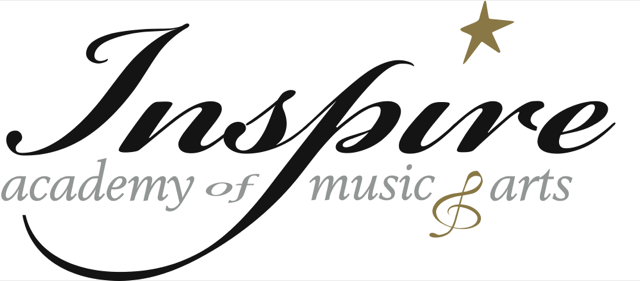What Kind of Piano Should I Buy?
After deciding to register your child for piano lessons, next comes the all-important decision of what type of piano to purchase.
Since you are signing up your child for piano lessons, you already understand and are invested in the importance of music and its vital contribution to your child's development. Now comes the decision of what type of piano to purchase.
Going online or asking around leads to an overwhelming amount of choices that all seem negligibly different from each other and often not well explained. In this article, I will list the pros and cons of acoustic pianos (uprights and grand pianos) as well as digital pianos and electronic keyboards.
Before purchasing an instrument, here are some important questions you should ask yourself:
How committed are you to taking lessons?
What is your price range?
How often do you move?
How much space do you have for an instrument?
Do you need your child to be able to practice quietly?
Acoustic Pianos
There are two types of acoustic pianos: upright pianos and grand pianos. Acoustic pianos are made out of hardwood, a soundboard and more than 10,000 moving parts. This allows acoustic pianos to produce different tones, dynamics and sound sensitivities that no digital piano can offer. All acoustic pianos have 88 weighted keys and most of them have 3 pedals. Purchasing an acoustic piano is a great investment for serious musicians.
Both upright and grand pianos require maintenance and tuning every six months. A regular tuning in the Bay Area costs $150 - $200 per visit.
Upright acoustic pianos
Upright acoustic pianos are smaller than grand pianos and are an excellent choice for beginning students. You can expect to pay anywhere from $2,000 to $10,000 for a new upright piano. If you plan to move to a new home, an upright piano can be moved safely by reliable furniture movers.
Grand pianos
Grand pianos have a much richer sound than uprights and allow the player more control. However, they come with a hefty price tag of $20,000 to $200,000 depending on the size and brand. Grand pianos take up more space and are considerably heavier than uprights. For this reason, moving a grand piano is best left to professional piano movers.
Digital Pianos
Like acoustic pianos, digital pianos have 88 weighted keys. They often come in a package that includes a furniture stand, three pedals and a bench. The weighted keys and pedals are absolutely crucial for learning piano. The bench is important to ensure a proper sitting position. Most digital pianos have headphone jacks so you can practice quietly. They are great for small spaces and are easily transported. They also require no tuning. Digital pianos prices start at $900 and up.
Electronic Keyboards
“Electronic keyboards are an expensive toy, not an instrument to learn piano on and I would personally not recommend buying one.”
--Tamriko Siprashvili
Unlike traditional pianos, electronic keyboards have only 61 to 76 keys, often with non-weighted keys, no stand and no pedals. My professional belief is that electronic keyboards are an expensive toy, not an instrument to learn piano on and I would personally not recommend buying one. It is equivalent to having your child learn to play soccer in a tiny room rather than on a soccer field.





